Best Things to Do in Pisa
For numerous travelers, Pisa is synonymous with one iconic attraction – the Leaning Tower. This tower stands as a global symbol representing Italy and remains an incredibly captivating structure.
For numerous travelers, Pisa is synonymous with one iconic attraction – the Leaning Tower. This tower stands as a global symbol representing Italy and remains an incredibly captivating structure.
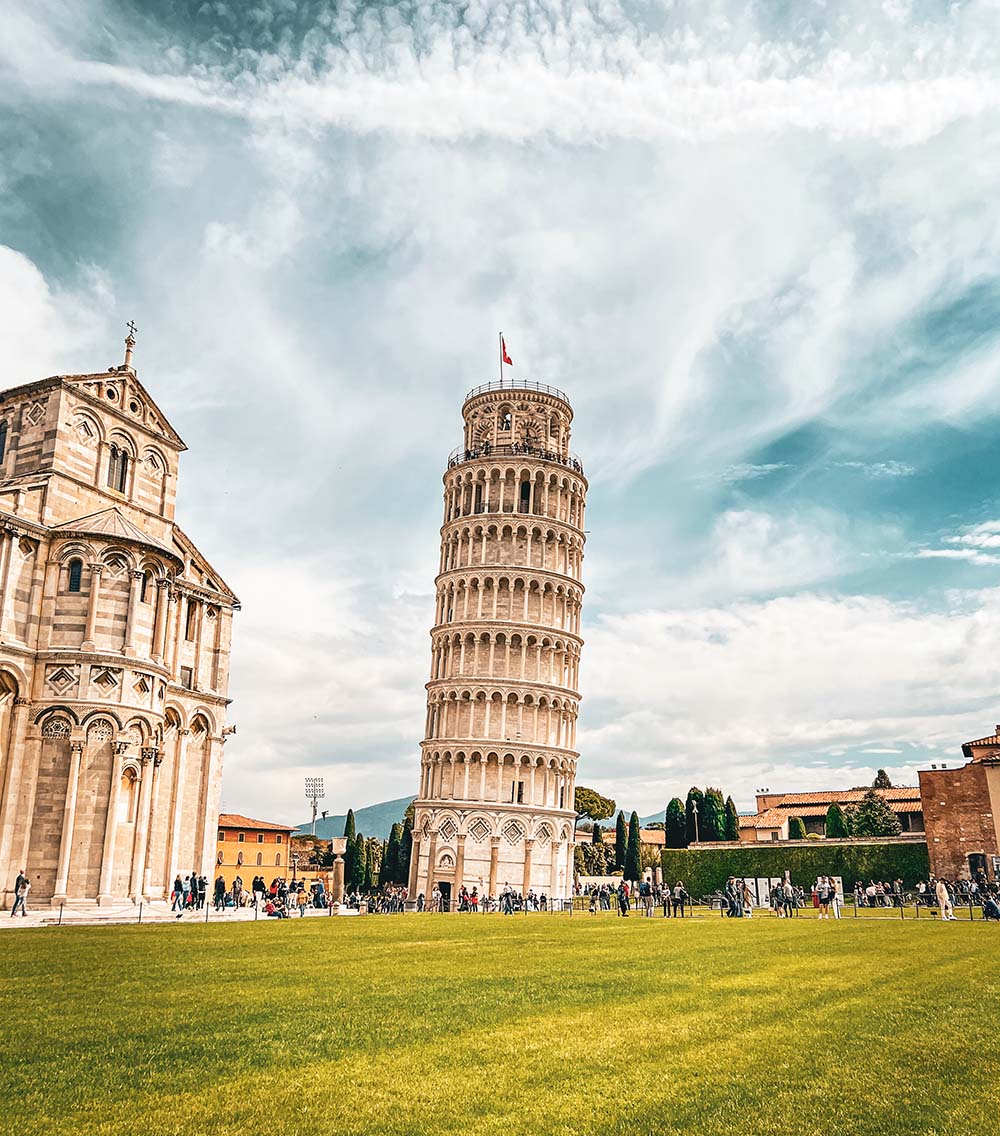
Its extraordinary beauty and impact remain undiminished, even for those familiar with its fame. However, it is merely one element within Pisa’s awe-inspiring Campo dei Miracoli, also known as the Field of Miracles. Here, the Duomo, Baptistry, and Camposanto form an impressive architectural ensemble that contributes to the site’s breathtaking allure.
Pisa is also home to one of Europe’s ancient universities, esteemed as a highly prestigious institution within Italy. Exploring the city of Pisa is most rewarding during early mornings or late evenings, away from the bustling summer tourist crowds. At these times, the authentic beauty of the city shines through. Early risers may find the city nearly deserted, offering a unique opportunity to appreciate its charm. Given the compact size of the city center, walking is ideal for discovering its genuine allure, hidden within quaint shops, cafes, and restaurants.
Continue reading this article to find out more about the best things to do in Pisa.
Pisa has an international airport, Galileo Galilei Airport, with frequent flights from major European cities. From the airport, you can take a short bus ride or a taxi to the city center.
If you’re traveling from Florence, Rome, or other Italian cities, the most common way to reach Pisa is by train. Pisa Centrale is the primary train station, well-connected with the rest of Italy. From the station, it’s a 20-minute walk or a short bus ride to the Leaning Tower and the city center.
If you’re traveling by car, Pisa is located along the A11 and A12 highways, making it easily accessible by road. However, be aware that parking in the city center can be challenging, so consider using public transportation or park-and-ride options.
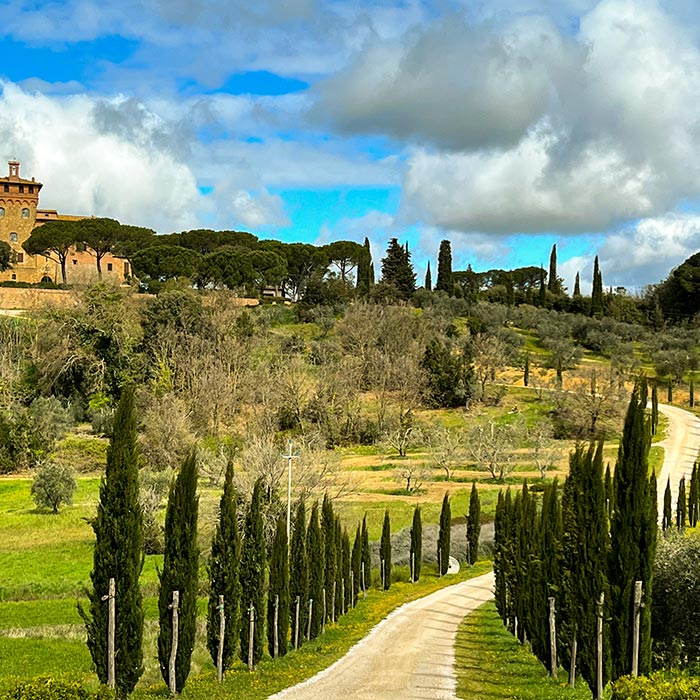
The best way to experience Tuscany is to rent your own car! We recommend booking well in advance using price comparison sites like rental cars if traveling in the peak summer season.

The Leaning Tower (Torre Pendente) has always possessed its characteristic tilt. Its construction, which began in 1173, encountered subsidence issues early on when it had reached only three of its intended eight storeys. Interestingly, the tower initially inclined in a different direction than its current lean. Unusual stones were introduced to rectify this issue, causing the tower to tilt in the opposite direction.
Over the following 180 years, various architects endeavored to continue the tower’s construction upward while attempting to compensate for its angle. Consequently, the tower’s main structure bears a slight curvature.
Around 1350, Tommaso di Andrea da Pontedera finalized the impressive arrangement of marble and granite arcades by adding a bell chamber. Positioned closer to the perpendicular compared to the storeys below, this addition gives the tower a distinctive appearance, resembling a hat set at a jaunty angle.
The Leaning Tower is generally open from 9:00 AM to 6:00 PM (with extended hours until 8:00 PM during the summer.
Admission is €18. Keep in mind that it will be a long queue. There is also the possibility for the ‘skip the line’ ticket with admission €28. If you wish for a guided tour (2 hr. 15 min) of Baptistery, Cathedral & Tower you can book for around €65.
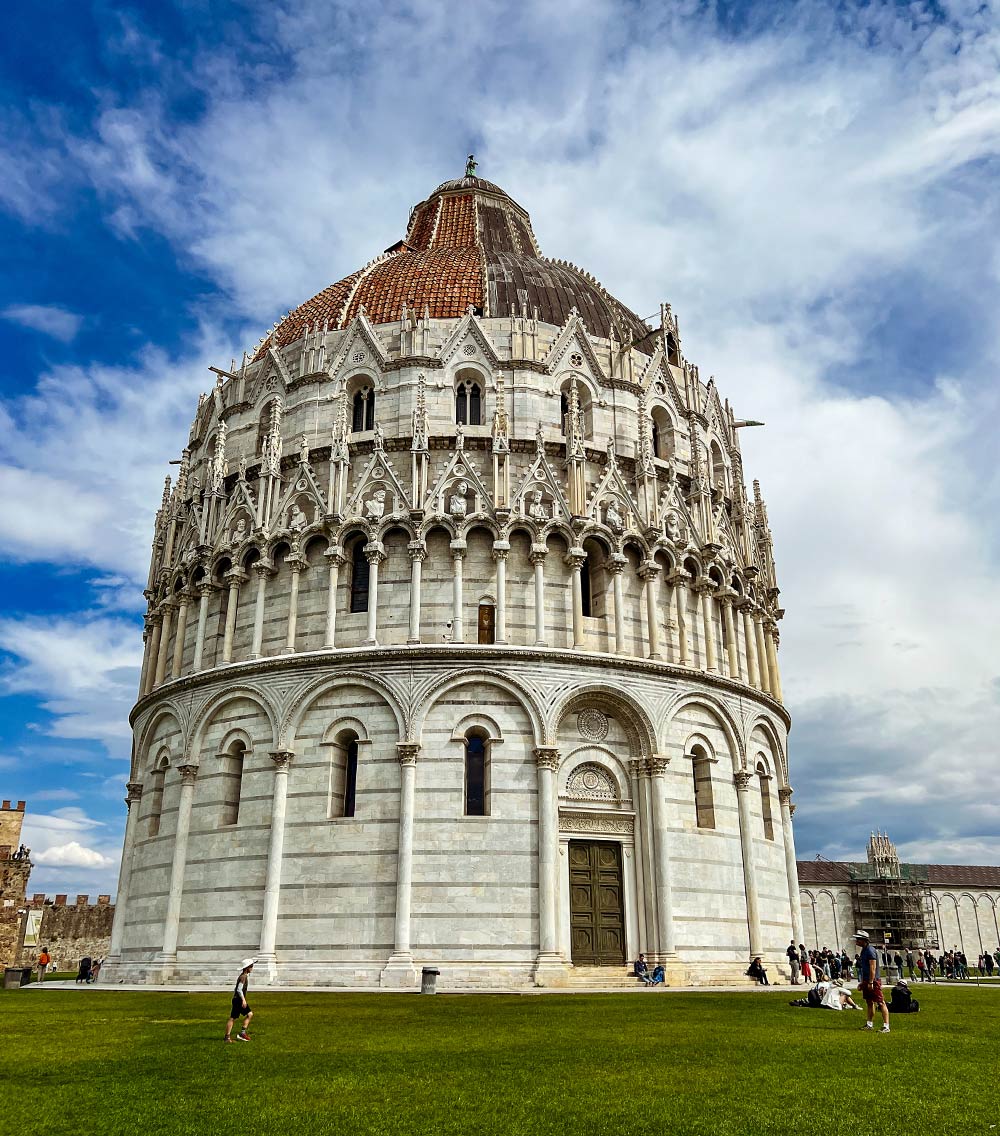
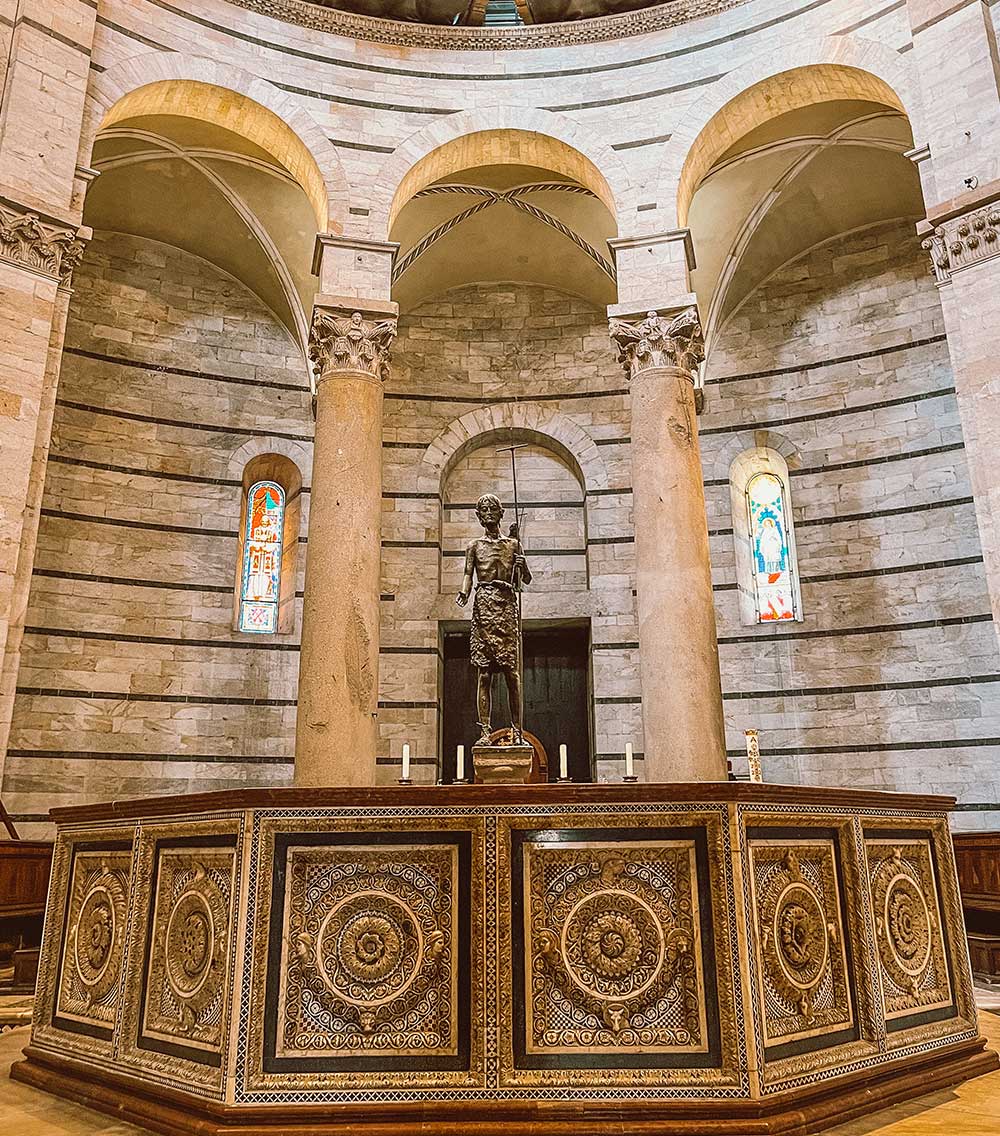
The Baptistry, Italy’s largest structure of its kind, commenced construction in 1152 under Diotisalvi, who left his name inscribed on a column near the door. The thirteenth-century contributions of Nicola and Giovanni Pisano furthered its construction, culminating in completion in the late fourteenth century.
Upon entering, one is immediately struck by the vast yet unadorned interior, known for its remarkable acoustics demonstrated by the guard. Noteworthy is Nicola Pisano’s splendidly sculpted pulpit from 1260, a masterpiece predating his son’s cathedral work by half a century.
Pisa’s awe-inspiring Duomo, initiated in 1064 and finished roughly a century later, epitomizes the Pisan-Romanesque style, setting a standard often emulated in Tuscany’s architecture. Well-known for its four tiers of diverse colonnades, it boasts an intricate combination of dark grey marble and white stone.
Following a fire in 1595, much of the expansive interior underwent redecoration, and some chapels underwent renovation. However, Cimabue’s 1302 apse mosaic of Christ in Majesty remains a notable survivor.
Noteworthy is Giovanni Pisano’s pulpit, which he began crafting in 1302. It stands as the final installment of the illustrious series of pulpits created by Giovanni and his father, Nicola, spread across Tuscany in cities like Siena and Pistoia. This remarkable work showcases exceptional skill, featuring intricately carved figures that appear almost liberated from the stone.
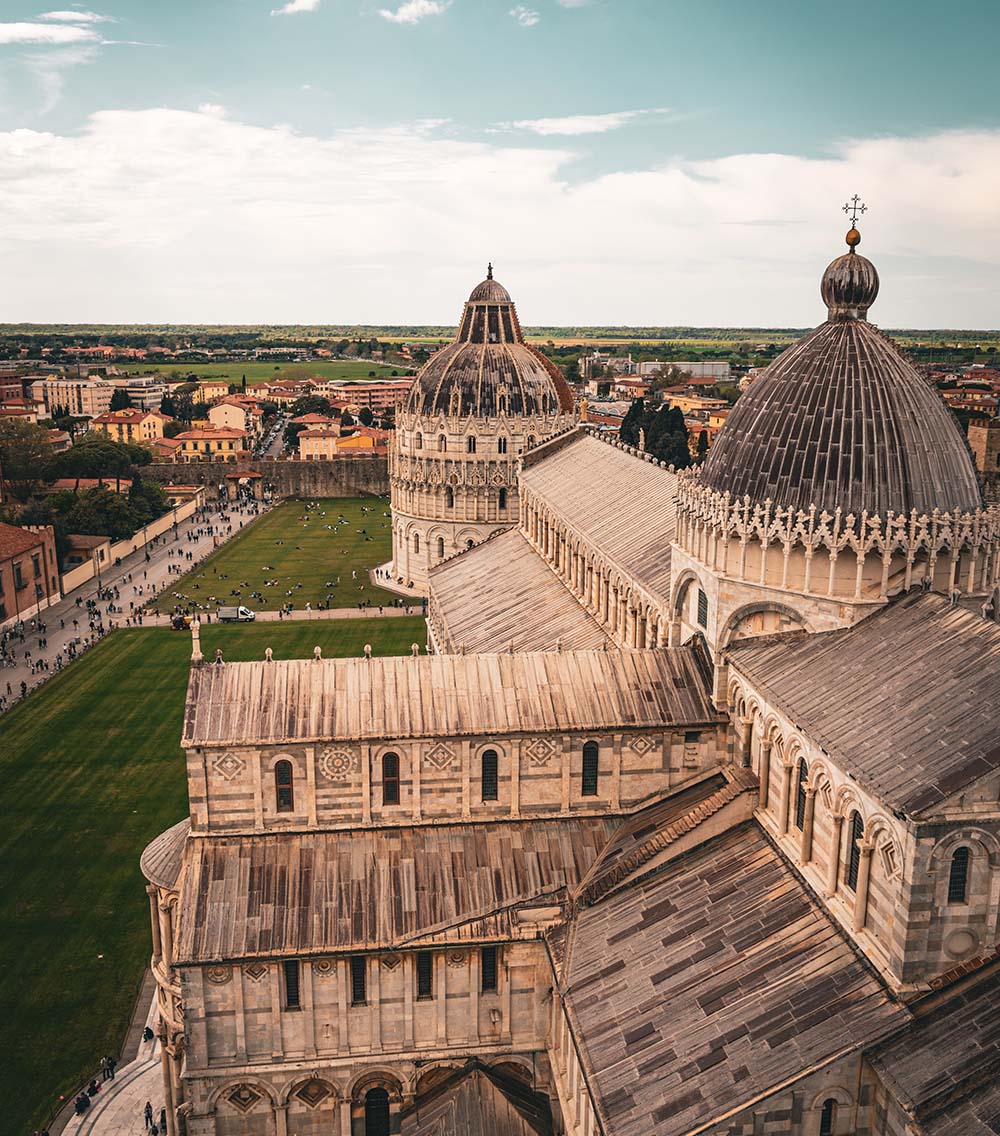
The Piazza dei Miracoli, also referred to as Piazza del Duomo or ‘Cathedral Square,’ occupies an enclosed 8.87-hectare compound at the heart of Pisa. Recognized for its significance in European medieval art, it stands as a remarkable architectural complex globally.
This area is dominated by four significant religious structures: Pisa Cathedral, the Pisa Baptistery, the Leaning Tower of Pisa (serving as the cathedral’s bell tower), and the Camposanto Monumentale (‘Monumental Cemetery’). The square, partly paved and partly grassy, also encompasses the Ospedale Nuovo di Santo Spirito, which now houses the Sinopias Museum (Museo delle Sinopie) and the Cathedral Museum (Museo dell’Opera del Duomo).
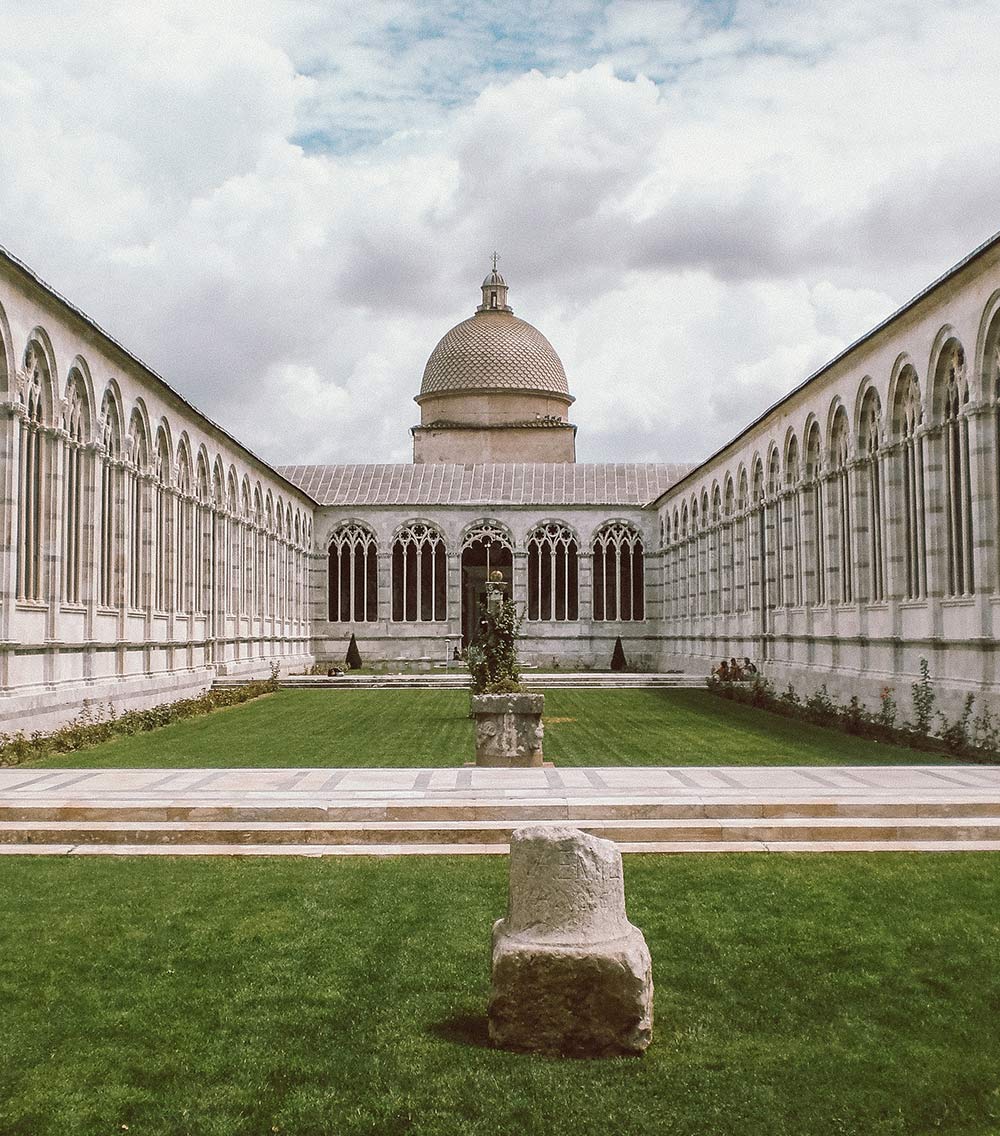
The white marble enclosure that borders the northern side of the Campo dei Miracoli forms the boundary wall of what is considered the most exquisite cemetery globally—the Camposanto.
Legend has it that Archbishop Ubaldo Lanfranchi dispatched Pisan knights during the Fourth Crusade of 1203 to bring soil from Golgotha’s hill back to Pisa. This soil was intended for the burial of distinguished Pisans in consecrated ground.
Nearly a century later, the construction enclosing this revered site took shape in the form of a vast Gothic cloister. Nevertheless, when Ruskin extolled the Camposanto as one of Italy’s most esteemed buildings, his acclaim centered on the frescoes.
Originally, paintings adorned over two thousand square meters of the cloister’s walls. However, during World War II, Allied airstrikes sparked a fire, resulting in molten lead pouring over the artworks. Despite this devastation, the notable Triumph of Death cycle remains a remarkable survivor.
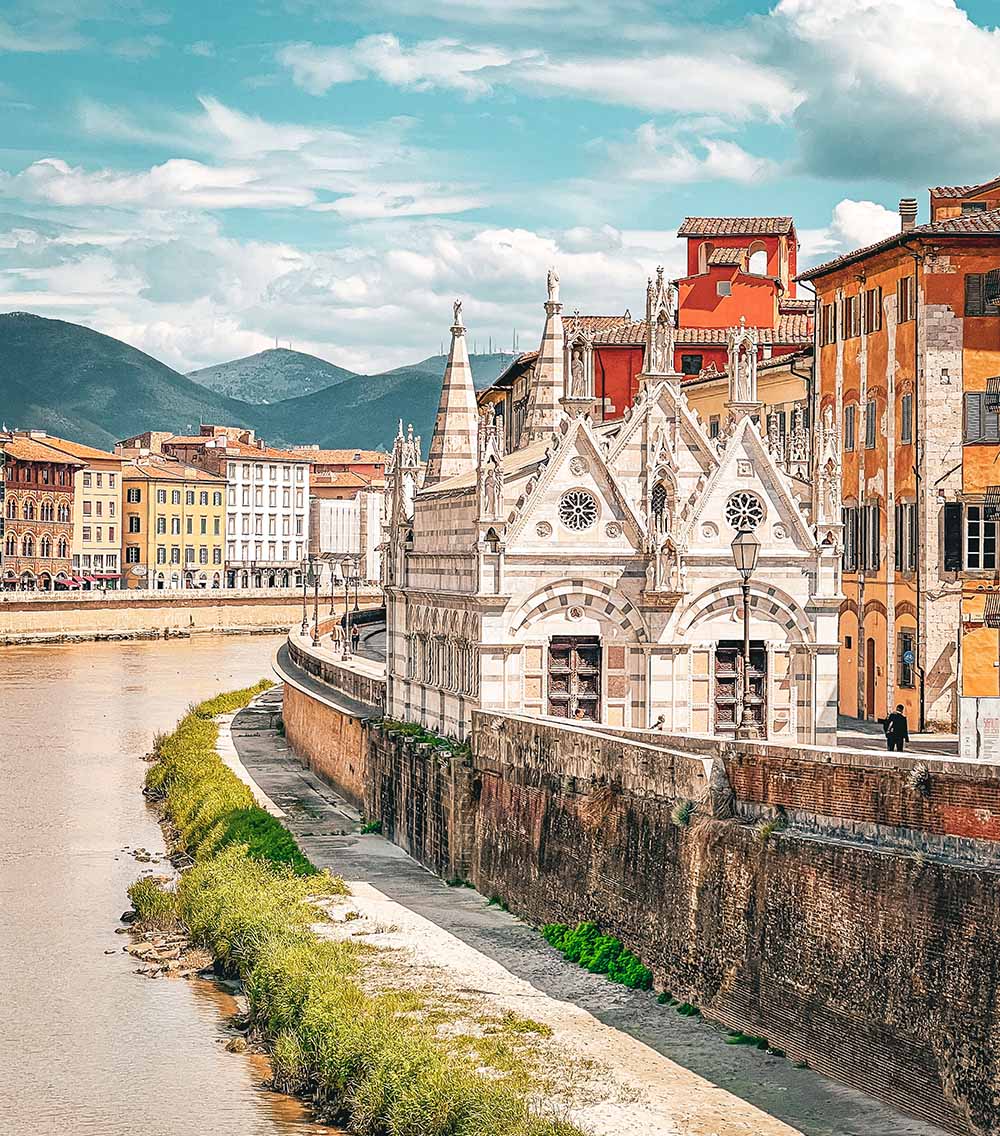
This petite Gothic church, known for its intricate spires and beautiful sculptures, stands as a tribute to the city’s rich artistic and architectural legacy. Despite its small scale, the church’s elaborate architecture and its location by the river make it one of Pisa’s most stunning landmarks.
The name of della Spina (“of the thorn”) originates from the existence of a thorn believed to have been a fragment of the crown of thorns that adorned Christ during his Passion and Crucifixion.
November to February: Tuesday to Sunday: 10am – 2pm
Every second Sunday of the month: 10am – 7pm
March to October: Tuesdays to Fridays: 10am – 1.30pm, 2.30pm – 6pm
Saturdays and Sundays: 10am – 1.30pm, 2.30pm – 7.00pm
Admission is €1.50.
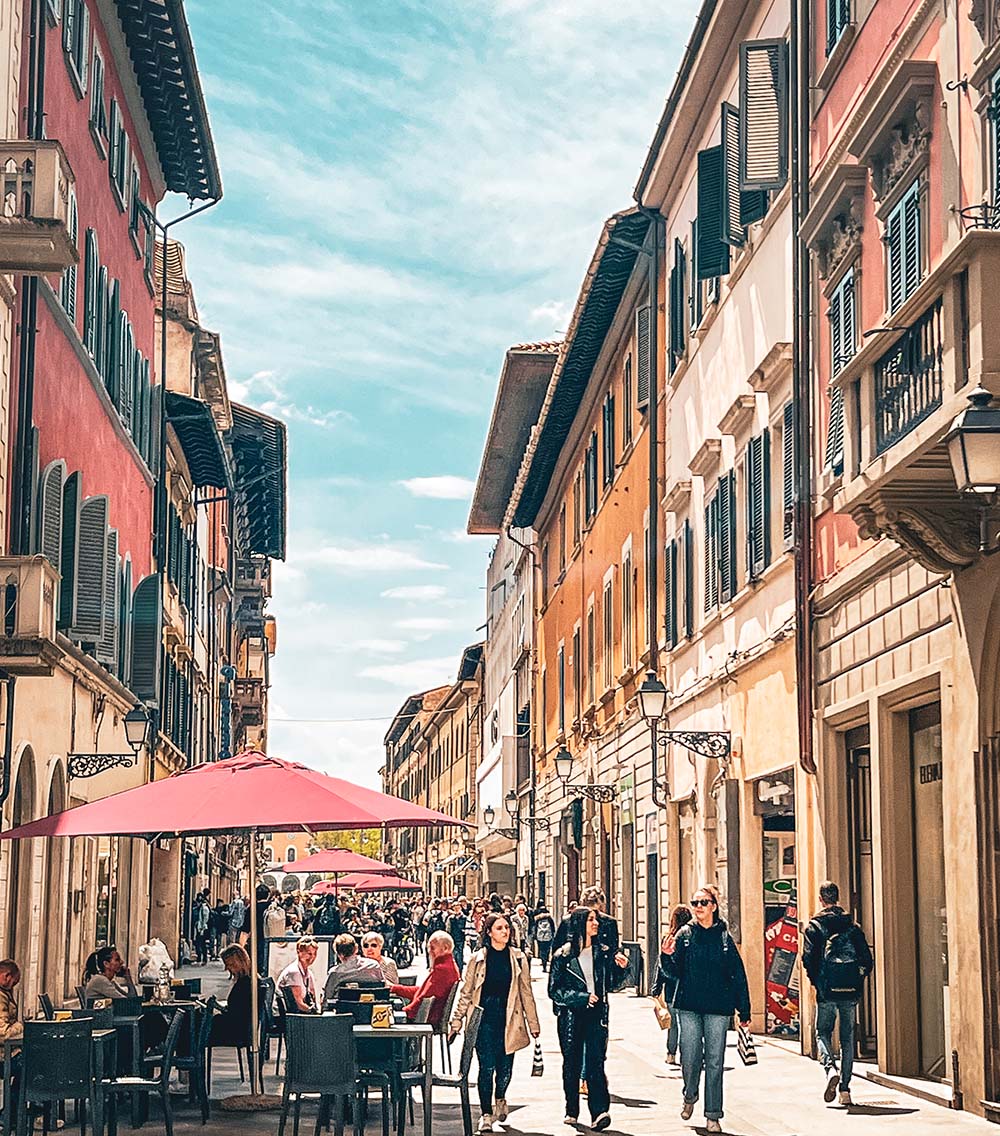
Borgo Stretto is the most important shopping street situated at the heart of Pisa. It is a lively and picturesque street filled with an abundance of shops, cafes, and restaurants. Meandering along this delightful street offers an opportunity to explore various local boutiques and dining spots, making it an ideal destination for both shopping and dining experiences.

Palazzo Blu, an elegant palace transformed into an art center, hosts various exhibitions showcasing renowned artists’ works. Its stunning architecture, paired with ever-changing art exhibits, offers a captivating experience for art enthusiasts and culture seekers. The exquisite setting of the palace provides a beautiful backdrop for displayed artworks, making it a must-visit destination to immerse oneself in the world of art and culture while exploring the heart of Pisa.
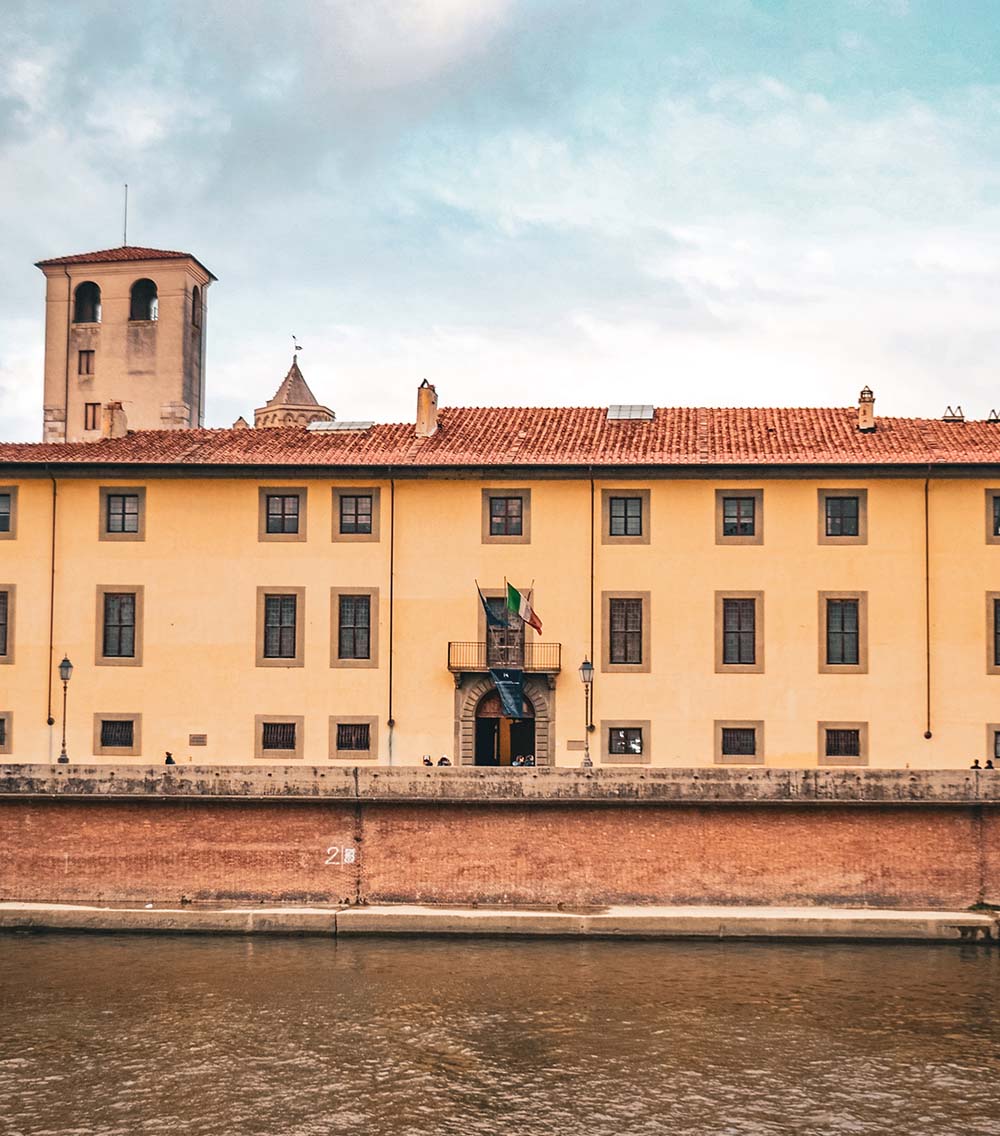
Palazzo Reale, a historic royal residence, provides insight into the luxurious lifestyle of the Medici family. The palace’s lavish interiors, adorned with exquisite furnishings and splendid artwork, serve as a testament to the city’s grand past and cultural heritage. Visitors can delve into the opulence of its decorated rooms and experience the regal ambiance, making Palazzo Reale a must-visit attraction for history and art enthusiasts.

Piazza dei Cavalieri, once the political hub of Pisa, exudes a rich blend of history and cultural significance. At its heart lies the Palazzo della Carovana, now home to the Scuola Normale Superiore. The square resonates with centuries-old history, reflected in its remarkable architecture and ambiance.
Designed by the acclaimed Giorgio Vasari, the Palazzo della Carovana stands as a masterpiece, narrating Pisa’s maritime prominence and evolution into a thriving educational center. Nearby, the Church of Santo Stefano dei Cavalieri boasts stunning adornments and historical relics, contributing to the area’s compelling historical narrative.

The Arno is a primary river in Italy around which Pisa was built. Originating from Mount Falterona, this 241-kilometer river section passing through Pisa offers remarkably scenic views, perfect for a leisurely stroll. Within central Pisa, five magnificent bridges span the Arno, accompanied by the Galileo Gallilei and Lungarno Mediceo, running alongside it. This particular area in Pisa boasts a striking vista with charming homes and buildings in the background. A relaxing walk along the riverbanks provides a serene retreat.
Il Peperoncino is a charming eatery that presents a varied selection of authentic Italian cuisine, emphasizing delightful pasta and seafood dishes. Its inviting ambiance and amiable service create an excellent setting for an unforgettable dining occasion.
La Grotta di Leo is a charming family-run restaurant known for its authentic Tuscan cuisine. You can savor homemade pasta, fresh seafood, and a variety of local specialties while enjoying the welcoming ambiance.
Located just a short stroll from Piazza dei Cavalieri, Osteria dei Cavalieri welcomes guests into a historic house-tower in Pisa’s old town. Within rooms boasting vaulted ceilings, the attentive and knowledgeable staff are on hand to guide you through every aspect of the menu. To start, indulge in the enticing simplicity of fried pasta with Tuscan cured ham or opt for the robust flavors of tripe paired with pecorino romano. The selection of fresh pastas includes delightful tagliatelline with rabbit and asparagus. For the main course, consider savoring the succulent ossobuco stew with beans and pioppini mushrooms.
If you’re craving the perfect pizza in Pisa, Pizzeria da Filippo is the place to go. Their wood-fired pizzas are acclaimed for their thin, crispy crust and fresh toppings. It’s a favourite among locals and visitors alike
Grand Hotel Duomo is located right in the heart of Pisa, offering stunning views of the Leaning Tower. It’s a luxurious hotel with comfortable rooms and an excellent restaurant, making it a great choice for those seeking a central location.
Address: Via Santa Maria, 94, 56126 Pisa PI, Italy
Hotel Relais Dell’Orologio is a charming boutique hotel known for its elegant and historic atmosphere. It’s situated near the Leaning Tower and provides a unique, cozy experience in a beautifully restored building.
Address: Via del’ Uomo, 2, 56127 Pisa PI, Italy
Hotel Bologna is conveniently located near the train station and the historic center of Pisa. It’s a comfortable and welcoming choice, offering well-appointed rooms and a lovely garden.
Address: Via Giuseppe Mazzini, 57, 56125 Pisa PI, Italy
Hotel Roma is situated along the Arno River, offering stunning river views and a short walk to the Leaning Tower. The hotel provides comfortable accommodations and a restaurant with a lovely terrace.
Address: Lungarno Antonio Pacinotti, 12, 56126 Pisa PI, Italy
NH Pisa is a modern hotel with stylish rooms and an excellent location near the Leaning Tower. Guests can enjoy a pleasant stay with various amenities and a bar with beautiful views.
Address: Piazza Martiri della Libertà, 1, 56127 Pisa PI, Italy
There are numerous B&Bs in Pisa, and Di Camilla stands out with its outstanding reviews and a stunning outdoor area.

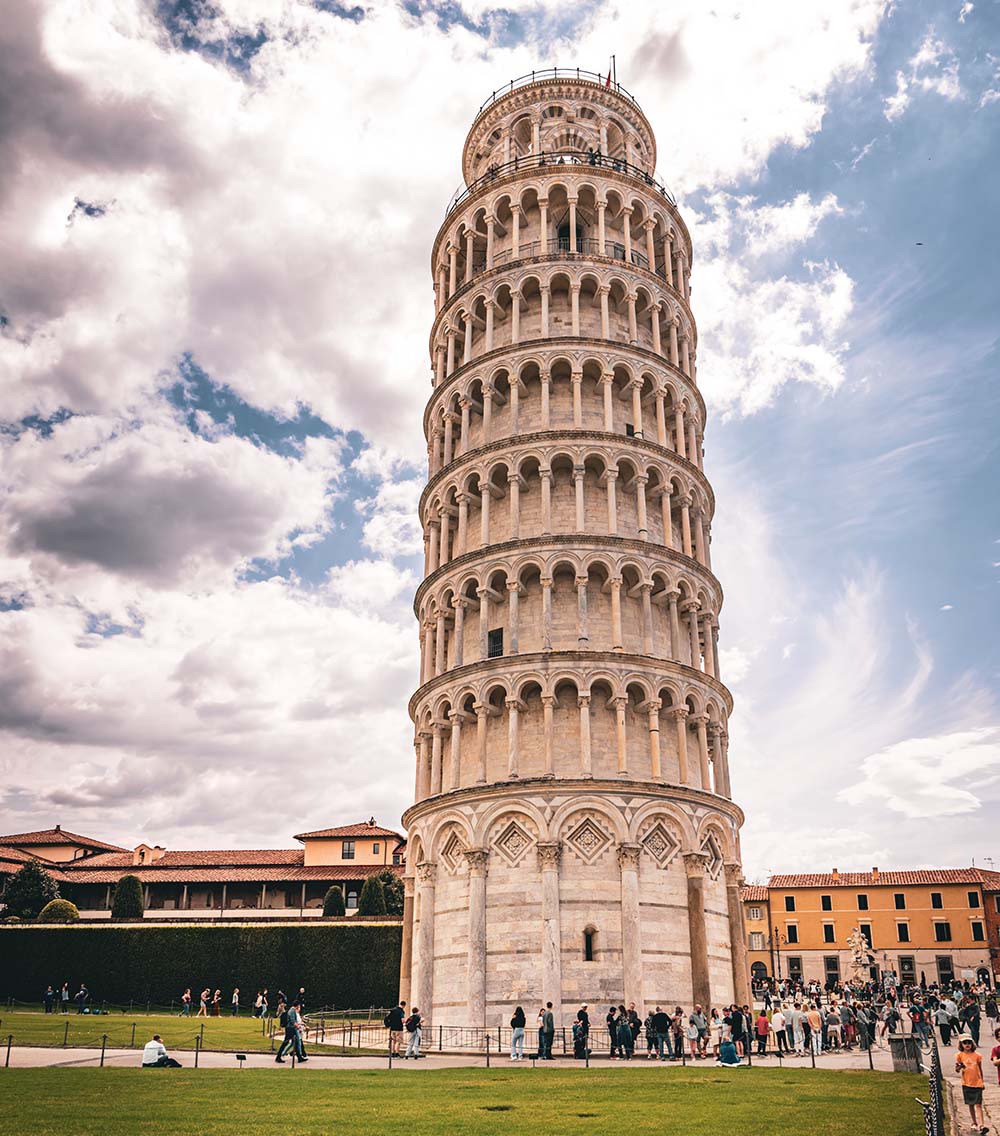
While Pisa boasts remarkable landmarks and attractions, a single day may provide ample time to experience the city’s highlights. By planning strategically and focusing on must-visit sites like the iconic Leaning Tower, the Piazza dei Miracoli, the Baptistry, and the Cathedral, visitors can cover key attractions efficiently.
A well-organized itinerary allows for a comprehensive exploration of Pisa’s architectural marvels, significant historical sites, and cultural treasures within a day. Additionally, strolling along the Arno River, discovering charming streets like Borgo Stretto, and sampling local cuisine at traditional trattorias offer a taste of the city’s character.
Though a single day can offer a glimpse into Pisa’s wonders, extending your stay enables a more leisurely and immersive experience, allowing for a deeper exploration of the city’s art, culture, and hidden gems.
Ascending the Leaning Tower of Pisa involves navigating 251 steps via a winding spiral staircase, offering a relatively effortless climb upward. Completing the ascent typically takes about 30 minutes, and for most visitors, it’s manageable, although a few have mentioned experiencing slight dizziness due to the narrow and inclined staircase.
Yes, Pisa is definitely worth visiting. The city boasts a wealth of historical and architectural treasures beyond its famous Leaning Tower. Pisa offers a rich cultural experience with its stunning cathedral, baptistery, and the Campo dei Miracoli (Field of Miracles) complex, all UNESCO World Heritage sites. Additionally, Pisa’s charming streets, lively squares, museums, and vibrant atmosphere make it a captivating destination for history enthusiasts, art lovers, and travelers seeking a taste of authentic Italian culture.
Museo dell’Opera del Duomo: Art collection related to Duomo and Baptistery, highlights include Giovanni Pisano’s Madonna and Child sculpture from 1299.
Gioco del Ponte: Historical reenactment on Ponte di Mezzo, part of Pisan June festivities in honor of San Renieri.
Luminara Festival: June 16th event with dimmed riverside lights and thousands of lit candles.
Keith Haring Mural: “Tuttomondo,” created in 1989, symbolizes peace and harmony, one of Europe’s largest murals, located on Sant’Antonio Abate church.



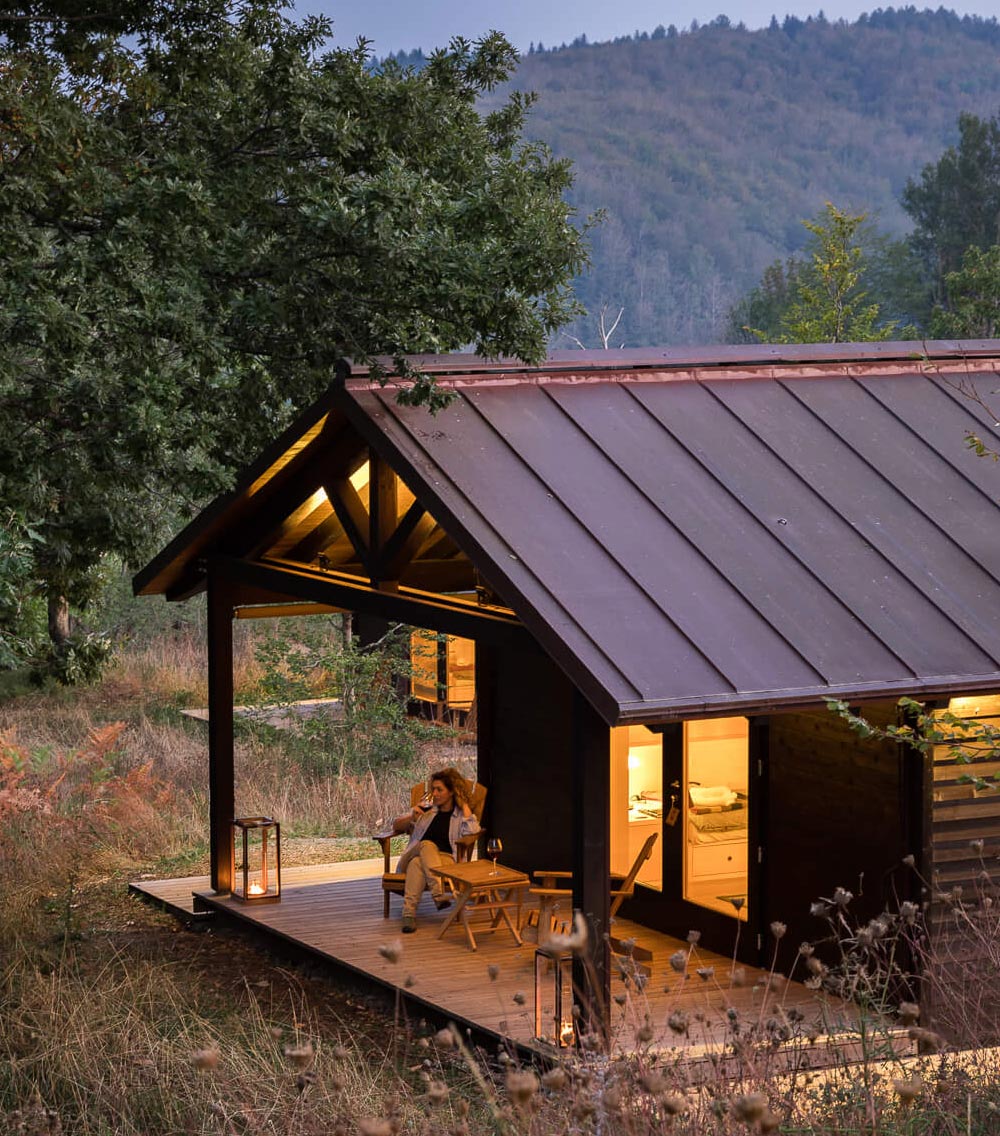
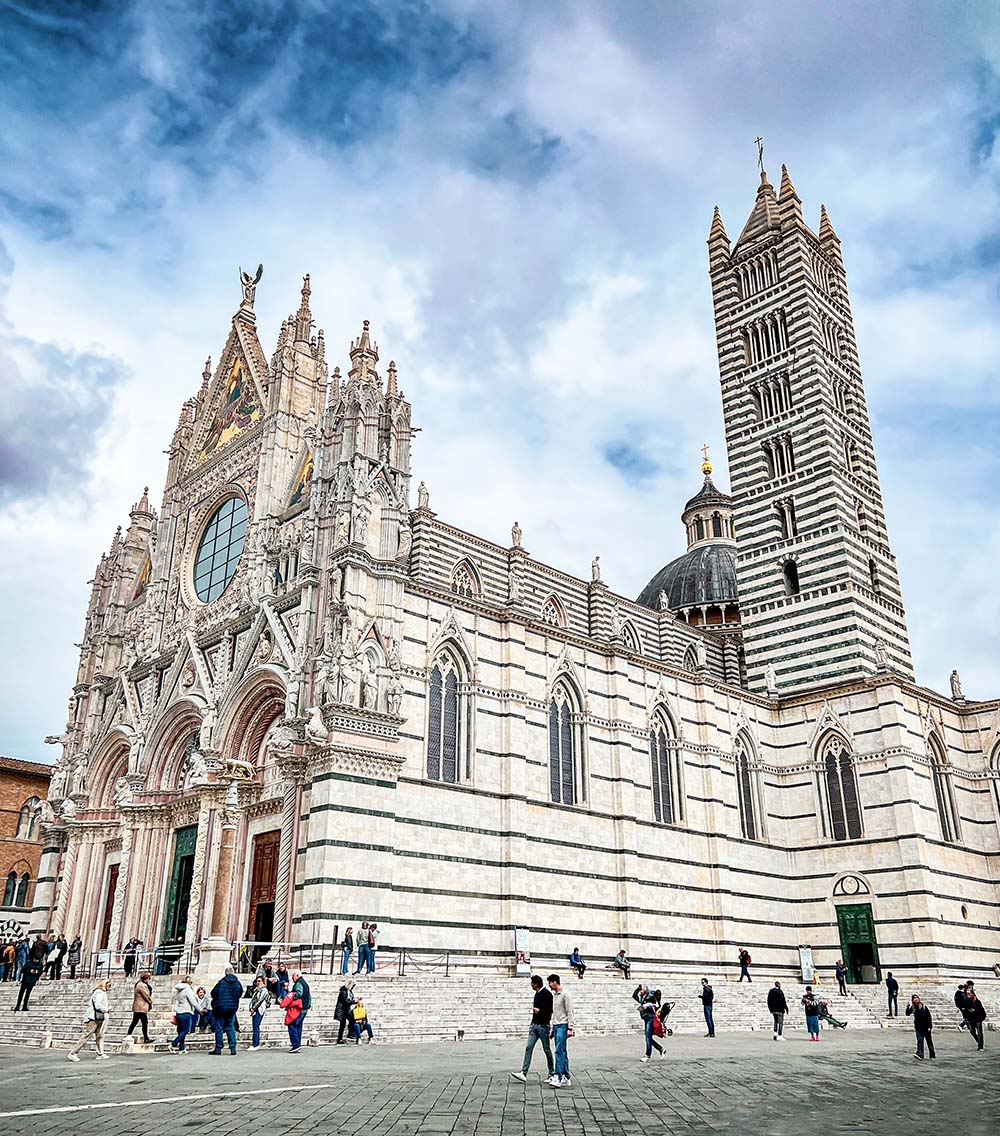
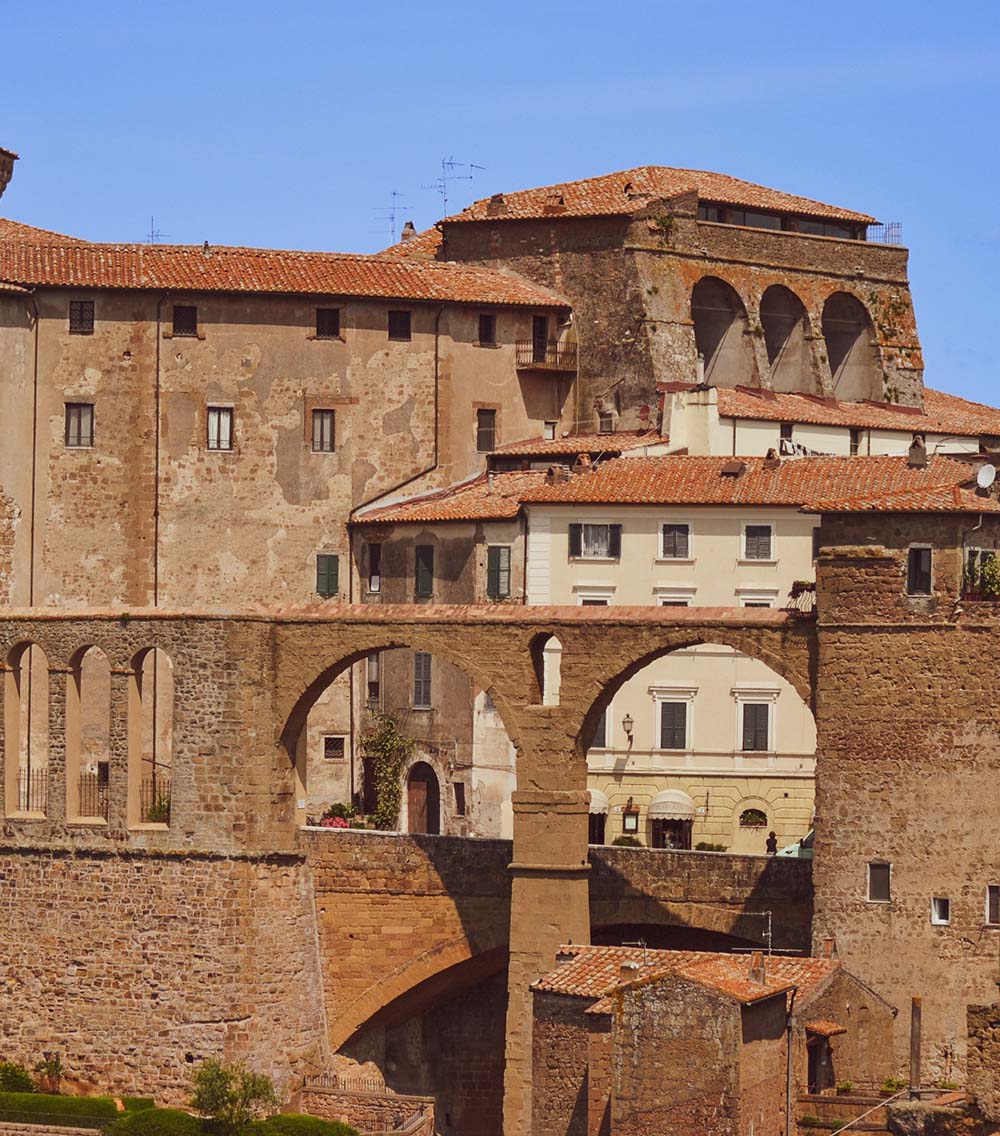
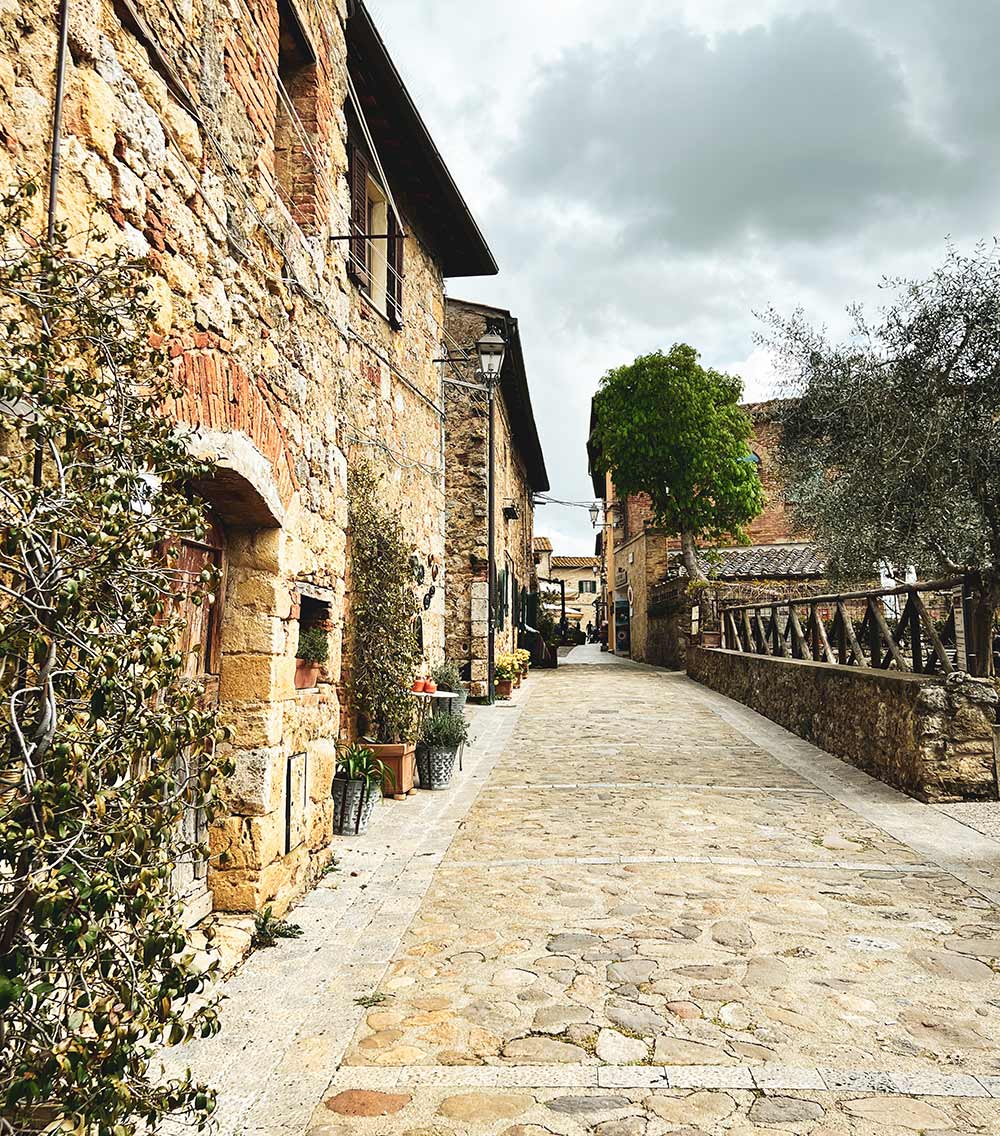
No Comments